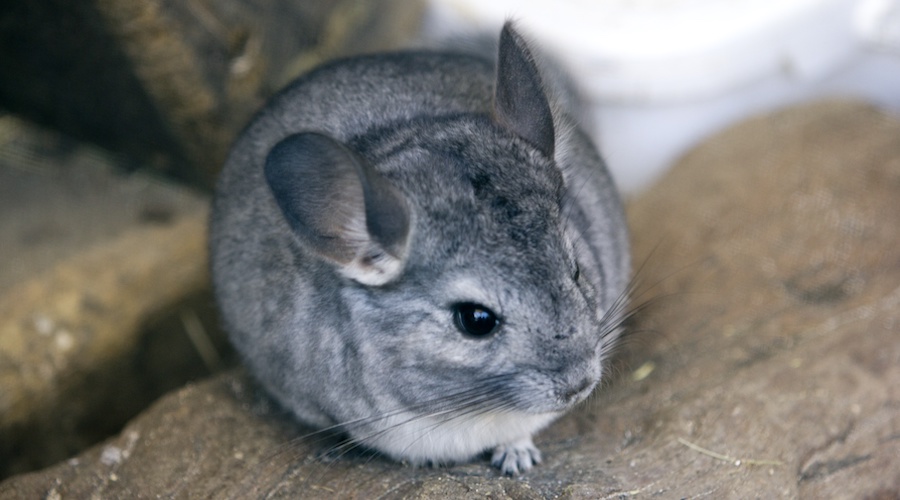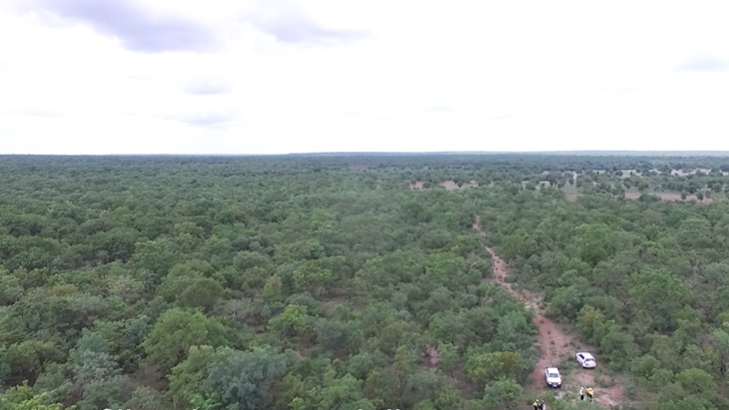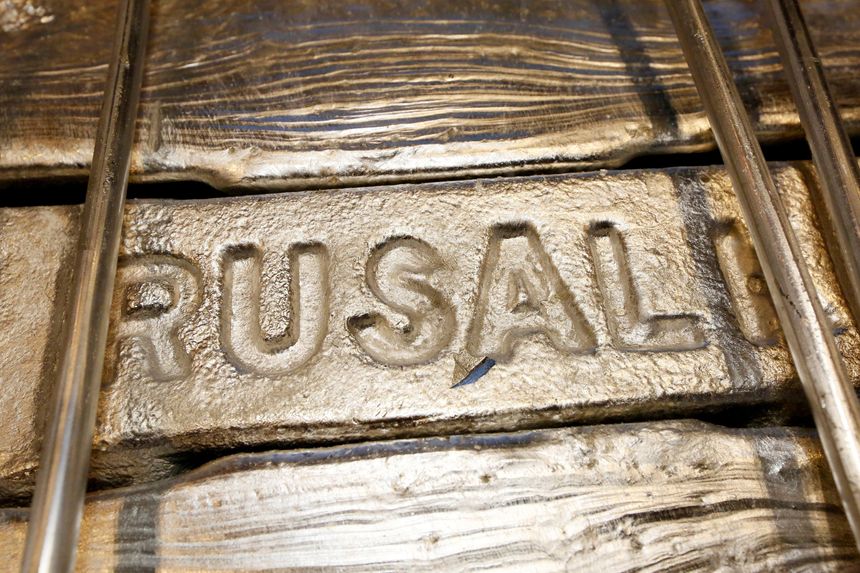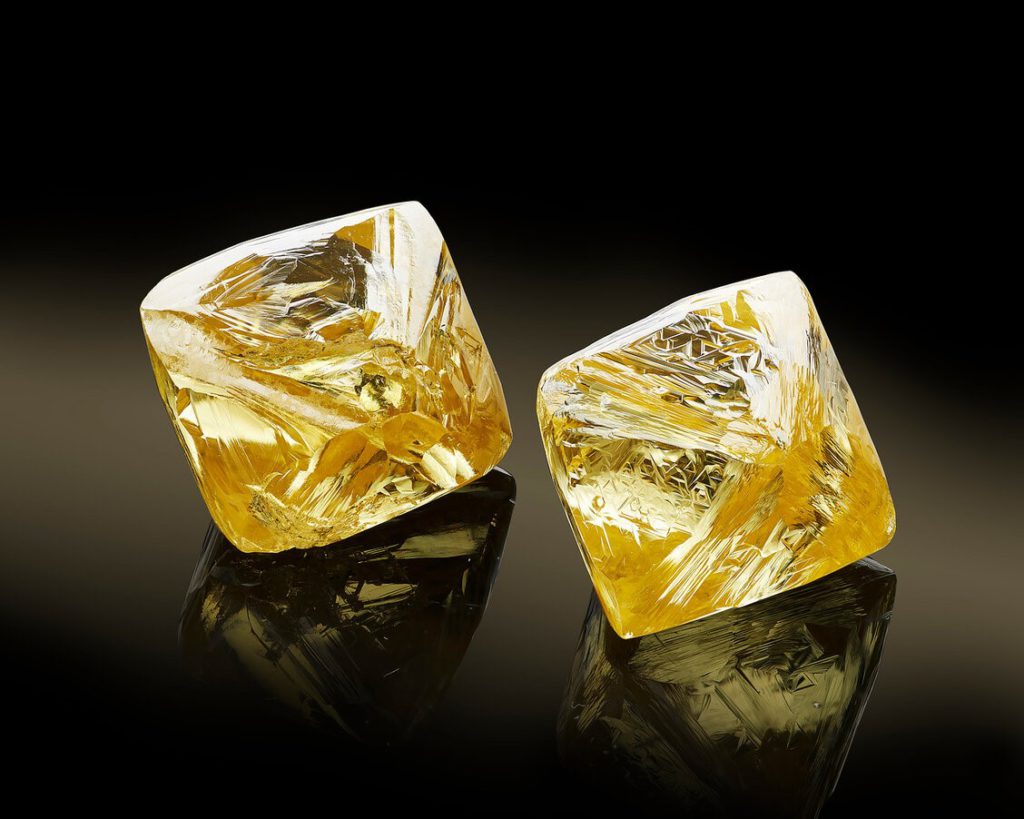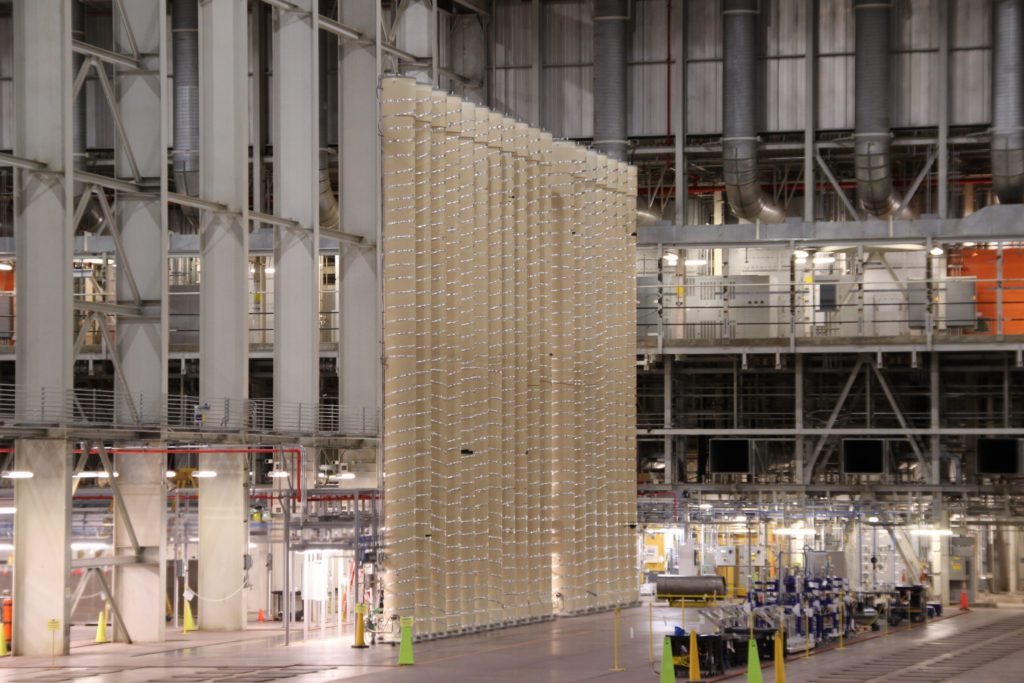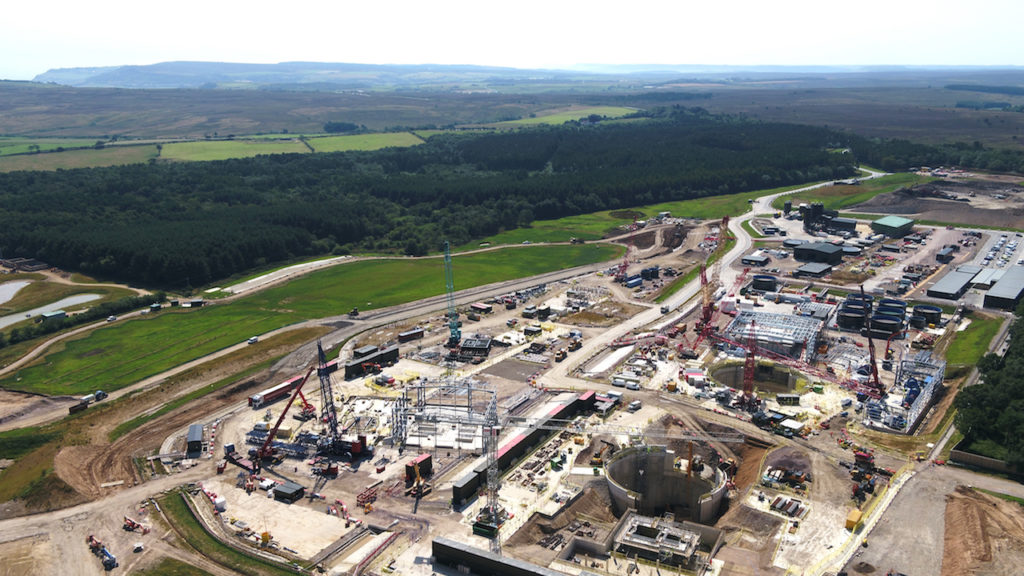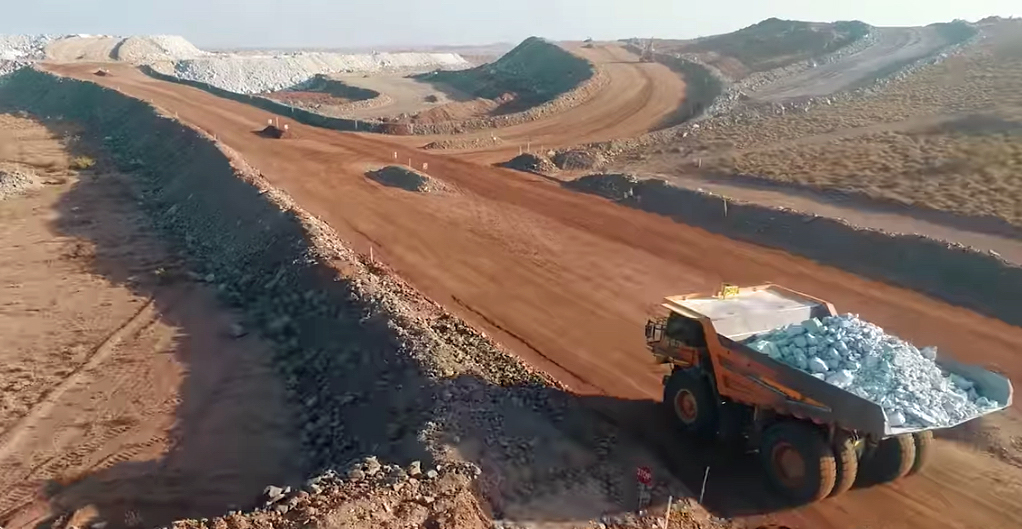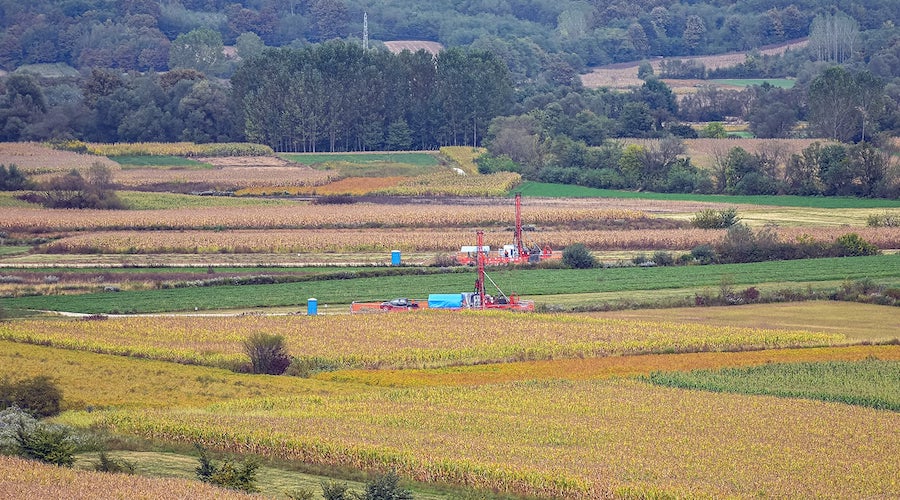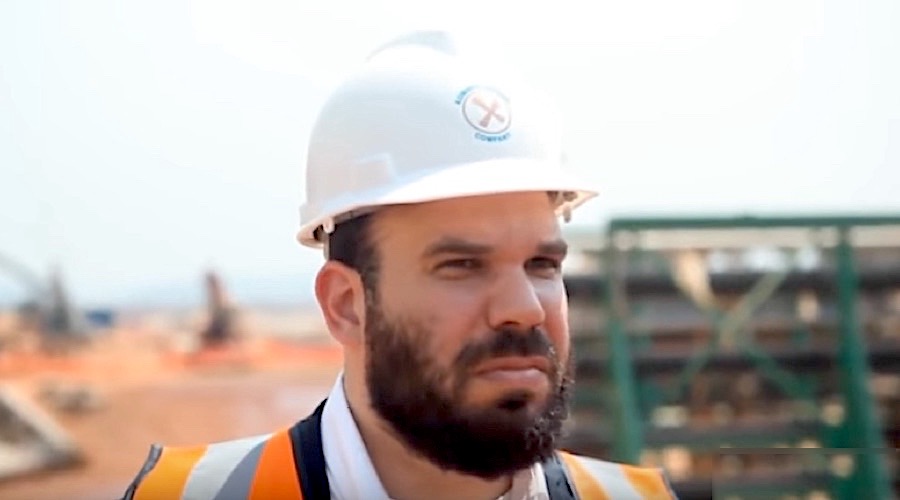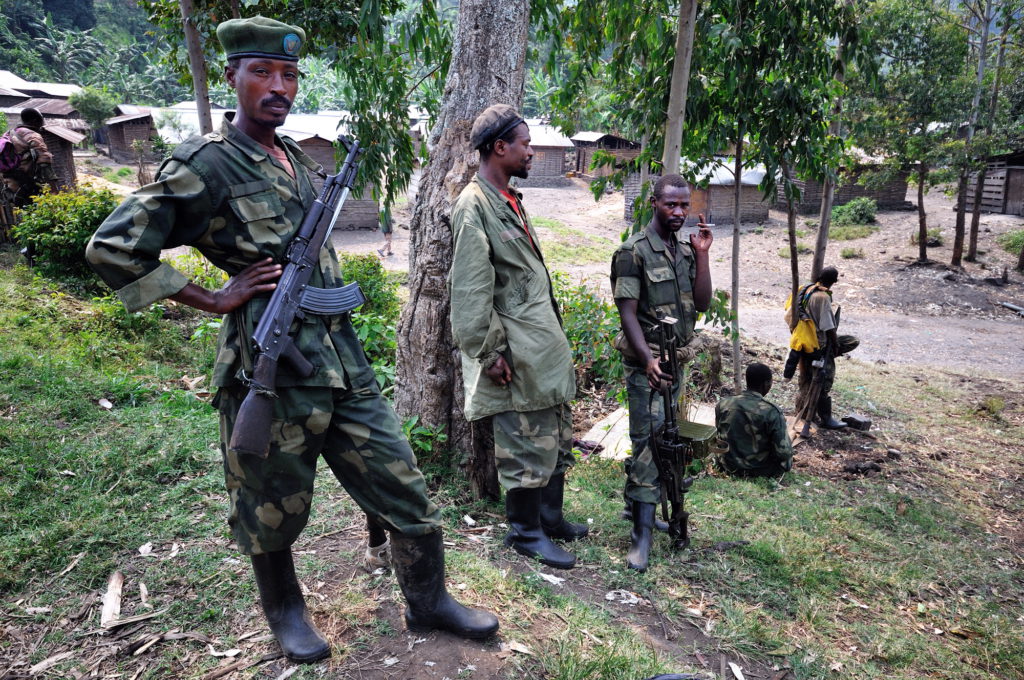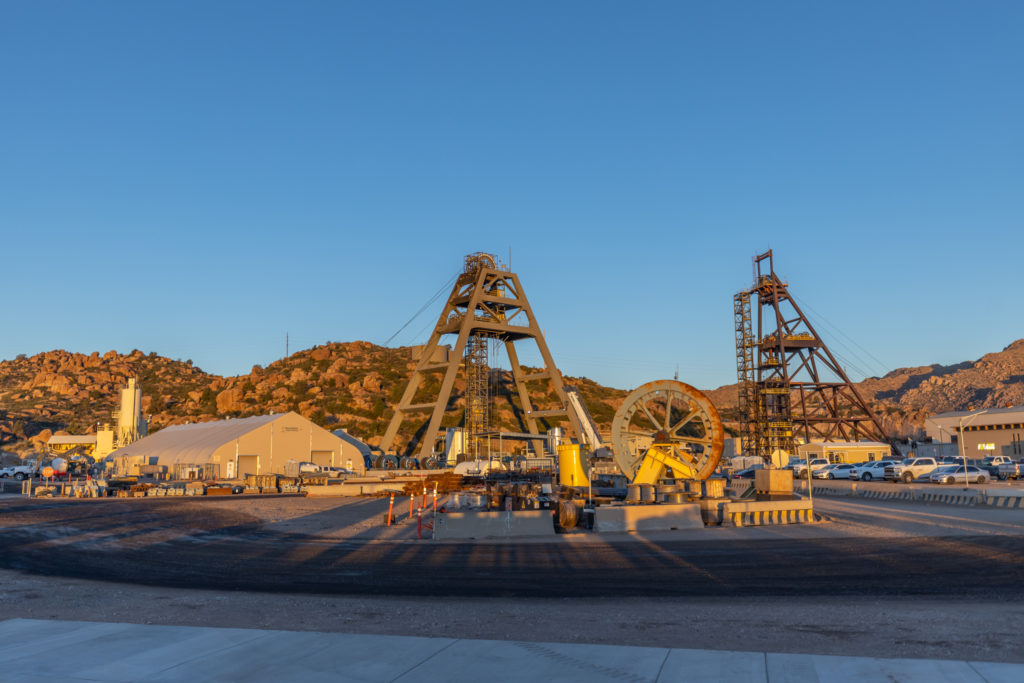Amanda Stutt | May 17, 2024 |

Stock image by By Axel Bueckert
Some of the biggest names in the Canadian mining industry have come together in a remarkable initiative that brought 10 women scholars from Afghanistan to pursue graduate studies in mining and geology at University of the British Columbia (UBC).

After completing undergraduate degrees at universities in Kazakhstan in 2022, and with their student visas expiring, the women were about to be deported back to Afghanistan, which is ruled by the Taliban.
Under its interpretation of Islamic law, the Taliban notoriously banned girls from attending school past grade six after taking control of the country in 2021.
In Afghanistan it is illegal for women to attend university, and it is also illegal for women to travel alone, so approaching passport control checkpoints in the country unaccompanied by male guardians would have placed the young women at great risk.
Creating the Scholars at Risk cohort
David Awram, senior vice president and Imola Gotz, VP Mining & Engineering at Sandstorm Gold Royalties learned about 11 students’ plight that year. They teamed up with Friba Rezayee, founder of the non-profit Women Leaders of Tomorrow (WLOT) to work with UBC to get the women emergency acceptances and student visas and liaise with Kazakh officials and the Canadian Embassy to manage deadlines for the cohorts’ existing visas and with the Canadian Embassy.
They joined forces with Nadine Miller, VP, operational technologies at JDS Mining, who rallied financial support from the industry.
Miners stepped up, and nearly C$500,000 was raised with support from founding donors Osisko Gold Royalties, Wheaton Precious Metals, Teck Resources, which also provided internships for the students, Pan American Silver, Hecla Mining, and others. Every department at UBC that was asked for support said yes, and 20 staff at the university are dedicated to the initiative.
10 of the women were issued student visas to travel to Canada, and one woman returned to Afghanistan alone. She has not been heard from since.
“Despite the uncertainty, everyone who heard the story immediately became engaged, sympathetic, and aware of the short timeline,” Awram told MINING.com. “It was very heartwarming and rewarding to have so many volunteer their time and energy to help.”
“It is amazing to help these scholars achieve their desire for education in the mining industry,” Awram said. “Having motivated students chasing technical degrees in mining that have their perspectives is exactly what our industry requires. I really hope that the industry can provide a community and support network that allows them and future female scholars from Afghanistan to enter the world of mining.”
Celebrating student successes
The cohort completing this month their first semesters in graduate studies at UBC was celebrated at an event in Vancouver last Friday.
WLOT founder Friba Rezayee, who was the first Afghan female Olympian, competing in Judo in Athens in 2004, and now a Canadian, delivered a moving speech on the importance of removing barriers to accessing education for female scholars that have been banned from academia in their homelands.
“The only way to fight the Taliban is to educate girls,” Rezayee said.
The women, who are not being named to protect their privacy and safety, cannot return to Afghanistan.
Opportunities are available in the mining industry, Nadine Miller said, emphasizing that the women scholars’ academic accomplishments are already adding up.
One of the scholars, during her master’s in mining engineering at UBC, is studying how minerals processing can reduce plastic usage. Her goal is to pursue project management in sustainable mining practices, and she has secured an internship at Teck Resources.
Another student is working on a project on water efficiency in the mining industry, which has been approved for presentation at SME’s IMPC in Washington DC, and on a paper on ASM gold mining’s impact on water resources.
UBC has now formalized the program started two years ago, naming it the Female Scholars at Risk initiative. In addition to Afghan women, the newly established program will offer a safe haven at the University of British Columbia for women from around the world who are looking for an opportunity to enter graduate studies but are trapped in situations of armed conflict, disaster, or other dangerous environments.
In parallel with UBC’s initiative, Friba Rezayee established a partnership with Laurentian University to create the WLOT Mining Engineering Program, which will open the door to five Afghan women to embark on a two-year study program leading to either a Masters of Geology or Masters of Mine Engineering in the fall of 2024.
After successfully securing funding for entire two-year programs, Nadine Miller is now raising funds for the next cohort together with WLOT and the Former Minister of mining for Afghanistan, who is a refugee in Canada.
“These are all women who have selected mining as their industry,” Miller said in an interview. “These are women that as soon as the Taliban took over, can never go home.”
“All these women already have degrees in mining or geology. They’re unbelievable. They are so excited. They are they’re all going to be graduating by December and need to find jobs.”
The students are all doing their internships this summer at Teck Resources working the maximum number of hours that their visas will allow.
Miller is currently working on getting transportation funded for students to do research in the Yukon Territory. She emphasized that WLOT and the former Afghanistan mining minister have identified about 600 women around the world that are displaced as candidates for future cohorts.
“Our limitation on how many women we can bring in is money and space,” Miller said.
“This is a case for diversity beyond gender. Right now, topics at board levels are diversity beyond gender. And this is it. These are our future board members.”
For more information or to donate, email Nadinem@jdsmining.ca.
